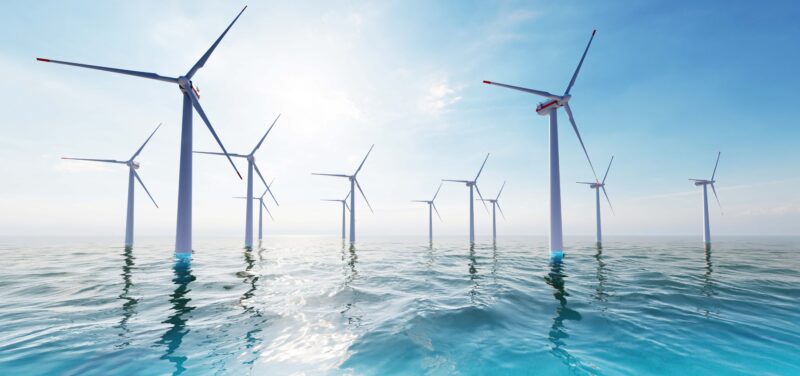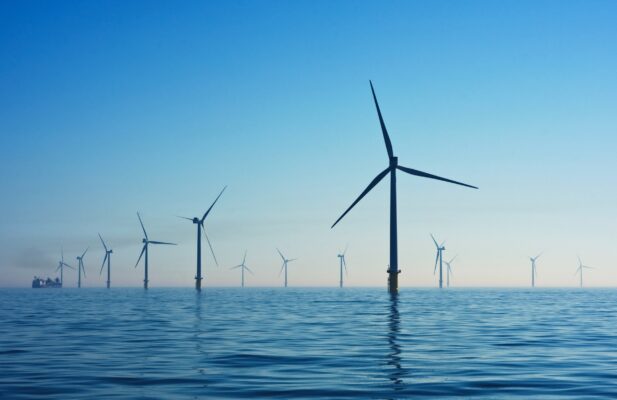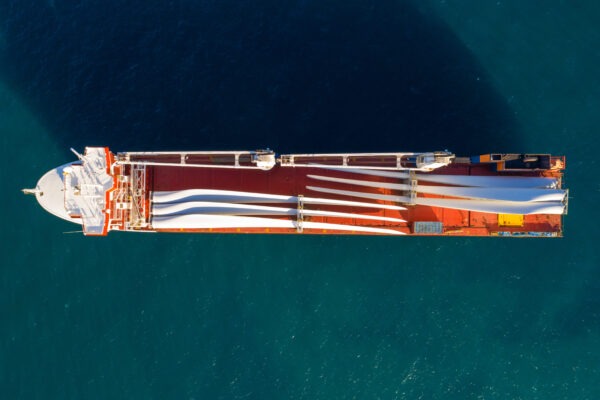Bjørn Simonsen, CEO of WWW, envisions a future where renewable energy is not just available but economically viable on a large scale. WWW’s novel turbine design embodies this vision, leveraging first-principle physics to develop counter-rotating vertical axis turbines (CRVT) specially crafted for operation on the open sea. The key components of this design — a double set of counter-rotating blades, mast, and generator — work together to achieve remarkable efficiency and power.
Innovating above and below the waves
The 19-meter-tall prototype features a range of counter-rotating components, all designed to maximize energy capture and minimize environmental impact. Unlike traditional horizontal-axis wind turbines (HAWTs), WWW’s CRVT design reduces the wake turbulence, allowing for a denser sea grid of turbines — a potential game-changer for the industry.
The genius of WWW’s design lies in its ability to navigate the unique challenges of the marine environment. The turbines are constructed to tilt and sway with the ocean’s rhythm, much like a sailboat, a stark contrast to the rigid structures commonly seen today. This mitigates structural stress and significantly broadens the viable locations for installation, particularly in deeper waters that have remained largely inaccessible until now.
The notion of economic sustainability
Stian Valentin Knutsen, founder of WWW, compares the turbine’s potential impact to Tesla’s revolution in the automotive sector. The crux of the matter is cost-effectiveness. The double turbine design, with two turbines spinning in opposite directions, could lead to a substantial reduction in the levelized cost of energy (LCOE), potentially dipping below US$50/MWh. This figure undercuts current HAWT installations and strikes at the heart of a renewable energy future that’s both environmentally and economically sustainable.
Scaling new heights
The ambitions of WWW soar high with the prospect of 400-meter-tall turbines capable of a 40-MW output by the end of this decade. Such colossal machines would dwarf today’s largest turbines and could unlock energy production scales previously thought impossible. As the prototype enters its testing phase, the industry eagerly awaits, hoping for success that could chart a new course for renewable energy worldwide.



